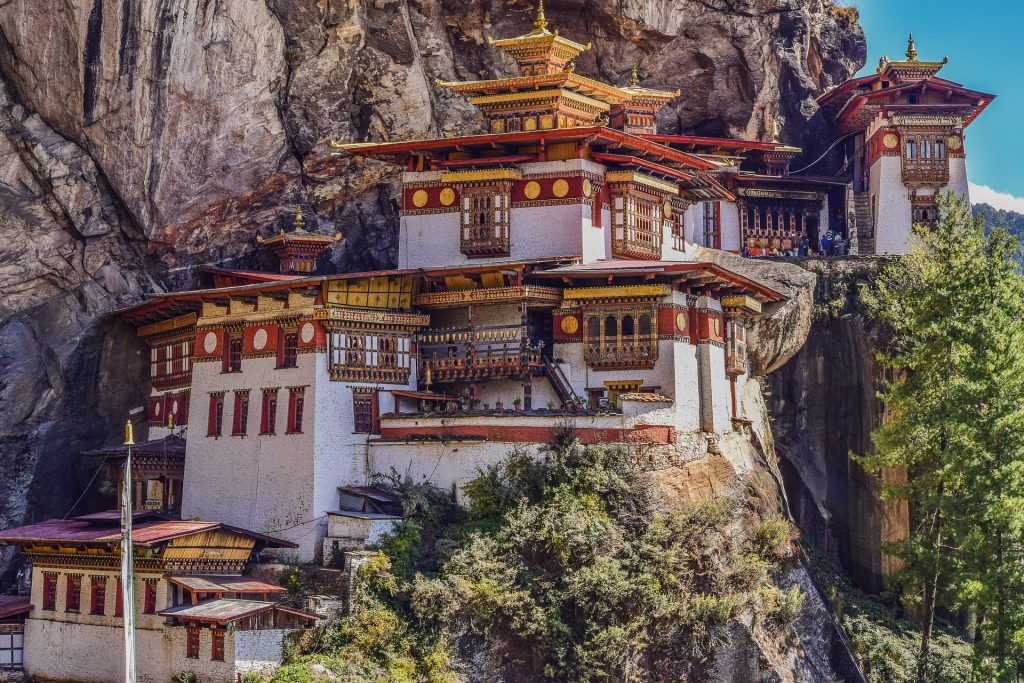Bhutan is fast becoming a popular destination for travelers and tourists – and it is our newest published title in our ever growing Culture Smart! series. To celebrate its release, here are a few snippets of cultural facts on Bhutan, straight from the book.
Happy weekend reading!

Traditional housing in rural Bhutan:
The traditional houses in rural areas are two to three stories high. The ground floor serves as a storeroom and a shelter for the animals. The family occupies the next floor above, which has simple living quarters and a kitchen. The kitchen has no chimney, and the smoke from the wood stove escapes from the windows, leaving behind a thick layer of soot over everything. The top floor is usually a dedicated shrine room, choeshum, which doubles as a guest room.
Families:
Families in Western Bhutan tend to be smaller, with strong relationships up to first or second cousins. However, in Eastern Bhutan a family can be very extensive, often including cousins as far removed as fifth or sixth.
In central Bhutan, women tend to be head of the household and decide on the division of labor.
Bhutanese food:
A common thread that runs through all of Bhutan is the use of chili peppers – an important food ingredient for all Bhutanese. The jalapeno pepper variety is the one generally used. The national dish of Bhutan, ema-datsi, is made entirely of chilies.
The Bhutanese are good at foraging. Wild mushrooms, tender bamboo shoots, fiddlehead ferns (young, furled fern fronds), nettle flowers, orchid flower buds, and other edible plants are enjoyed by the locals. Doma paani – areca nut and betel leaves with a dash of slaked lime – is offered at the end of a meal, mostly to aid digestion. To offer Doma paani to friends or even strangers is to express friendship, or is a polite gesture.
Vacations and public holidays:
Traditionally, there is no concept of ‘going on vacation’ in Bhutan. The notion of breaking free from the daily routine and setting aside time to spend large amounts of money on relaxing and traveling for pleasure is completely alien to older Bhutanese. The closest parallel to a vacation is when office employees take a week off to travel to their home in the village for annual religious ceremony called rimdoe or choego. Also, every winter, families will make pilgrimages to Buddhist sites in India and Nepal. [younger] families who can afford it take family vacations to neighboring countries like Nepal, India, and Thailand.
To read the full guide, you can purchase the book from our online shop:
Bhutan – the essential guide to customs & culture
 ISBN: 9781857338751
ISBN: 9781857338751
Format: Paperback
Page count: 168
Dimensions: 171 x 108 x 13mm
Published at: £7.99 / $11.99 / CAN $15.99
Use our code: CS-GUIDES to receive 25% discount. Free UK P&P.
Image source: Pixabay.com